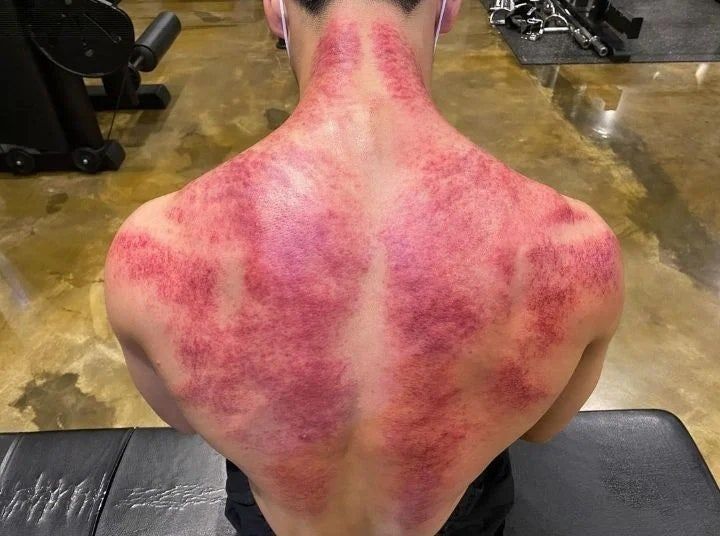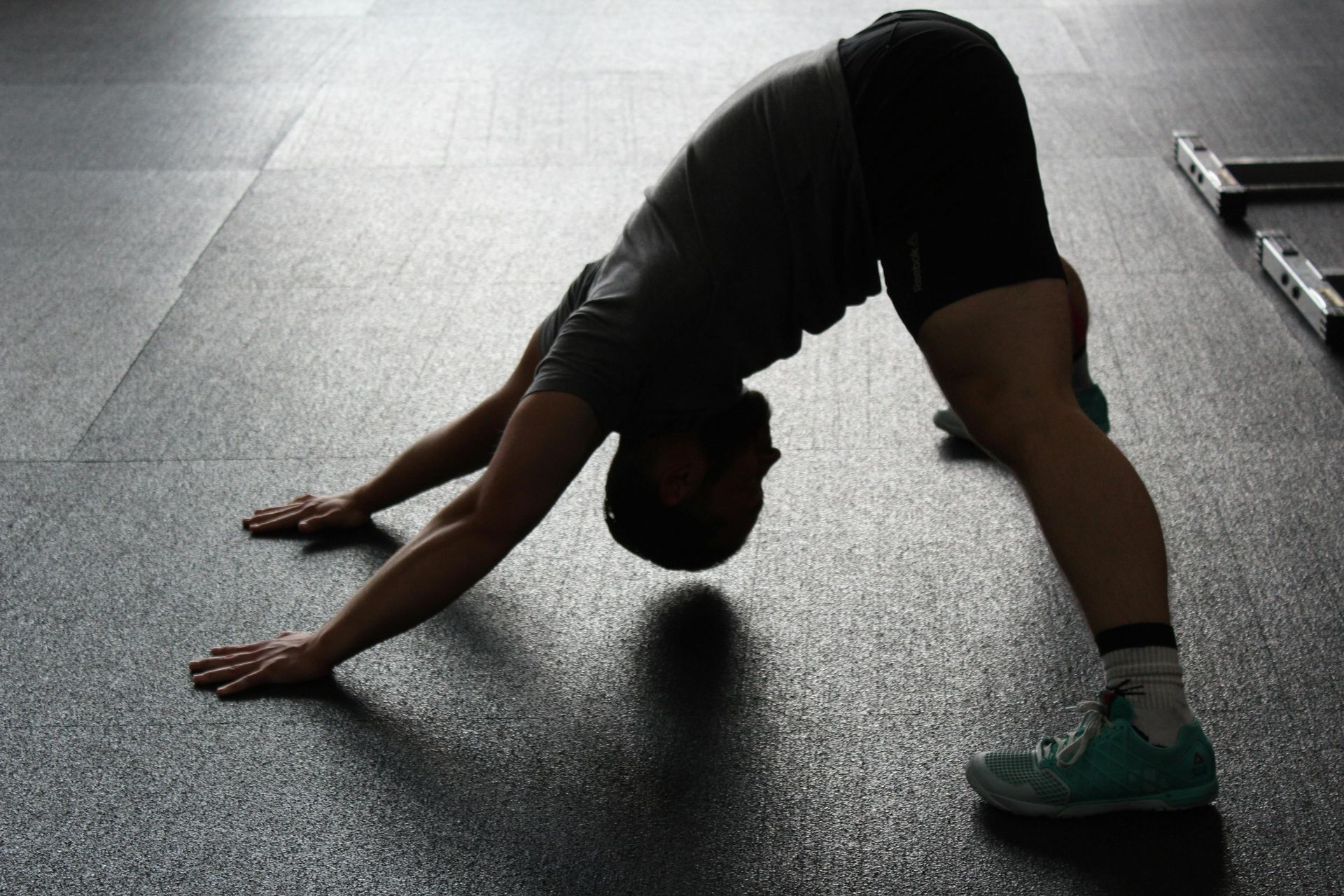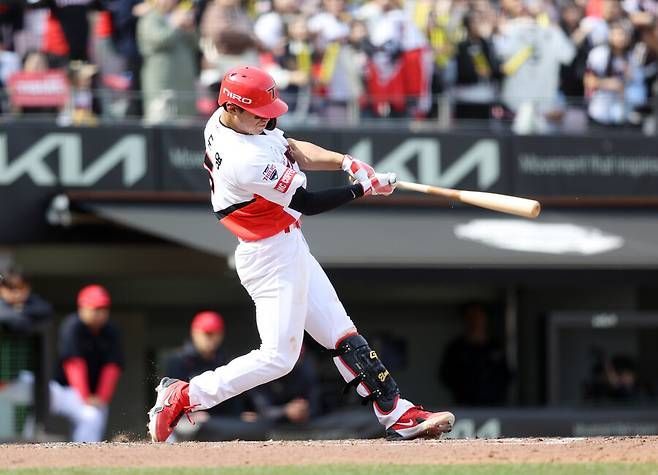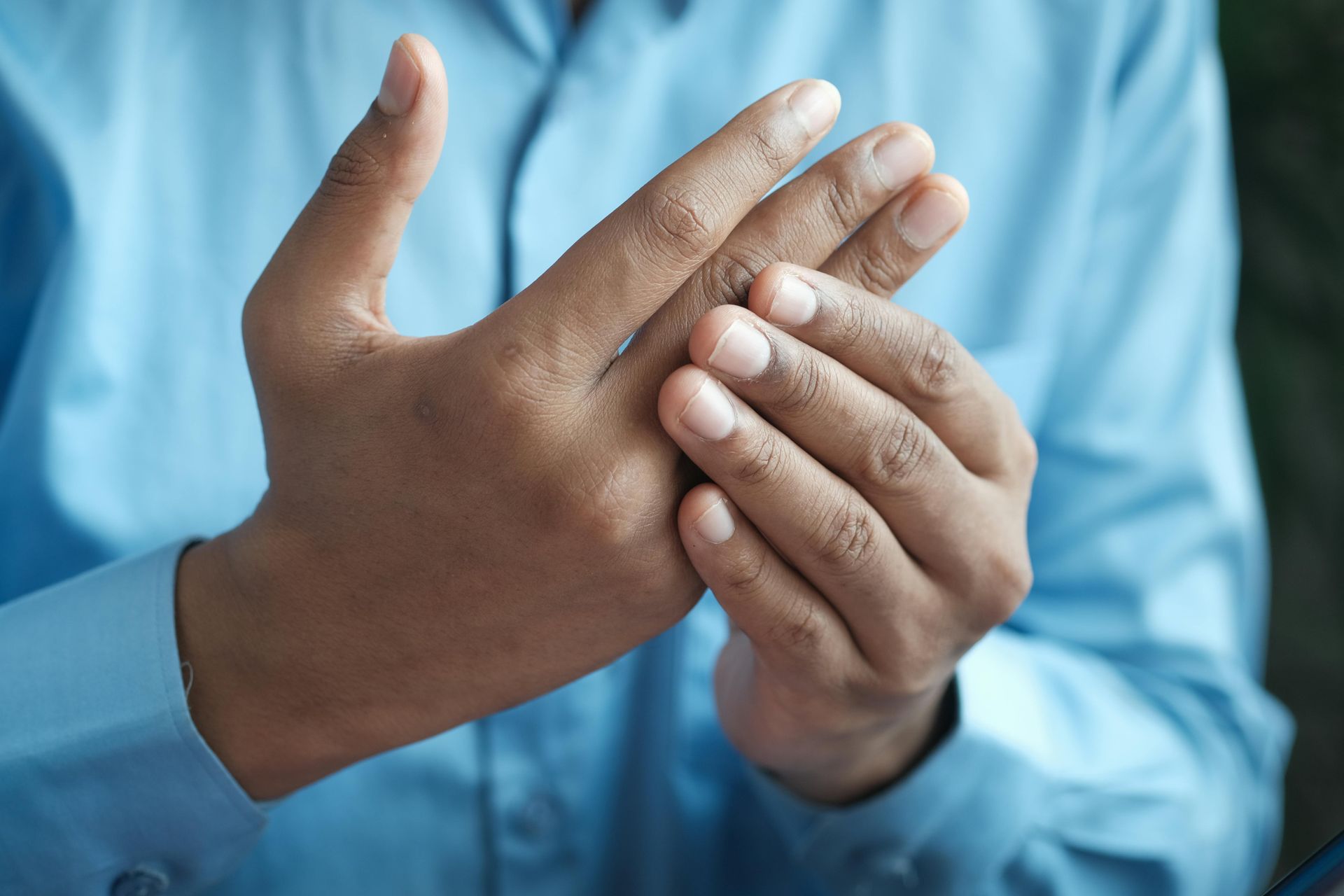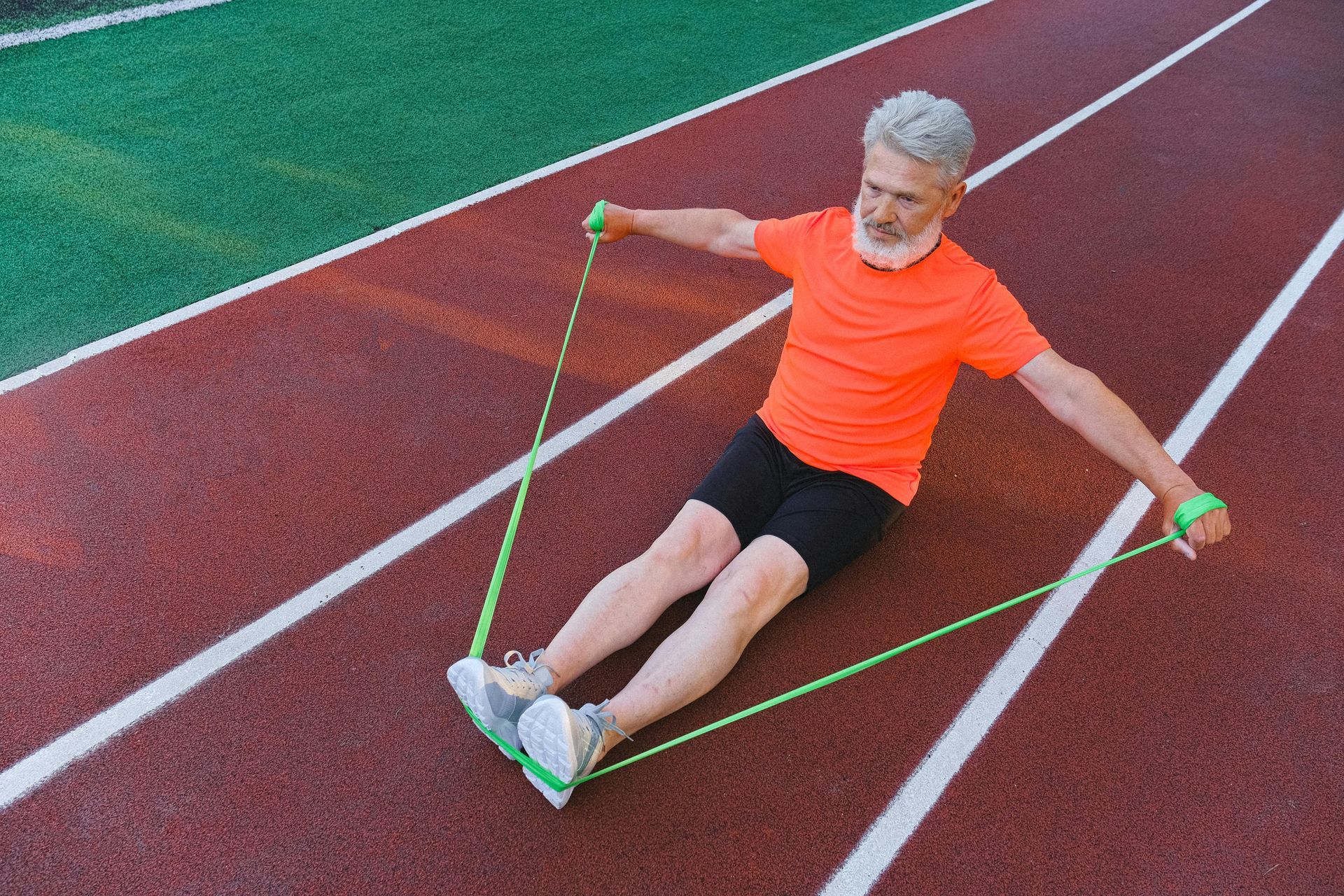At Good Health Group Clinic, we use a range of techniques to help our clients manage pain, improve mobility, and recover from injuries. One highly effective technique is dry needling, often combined with myotherapy and remedial massage to address musculoskeletal conditions. Let’s explore how dry needling works and why it’s an integral part of our treatments.
Dry needling involves inserting fine needles into specific points in the muscle, called trigger points. These trigger points are sensitive areas that can cause pain and restrict movement. Unlike acupuncture, which is based on energy flow, dry needling targets muscle dysfunction based on Western anatomical principles.
How Does Dry Needling Work?
Dry needling works by disrupting trigger points, stimulating blood flow, and reducing muscle tension. When a needle is inserted into a trigger point, it leads to:
- Trigger Point Deactivation: The needle interrupts the tension in the muscle, allowing it to relax.
- Improved Blood Flow: This promotes healing and reduces inflammation.
- Pain Relief: Dry needling can also trigger a natural pain-relief response in the body.
What Does the Science Say?
Research supports the efficacy of dry needling for treating various musculoskeletal conditions. Studies have shown that dry needling can reduce pain by deactivating trigger points, altering pain perception, and promoting tissue healing. Clinical trials comparing dry needling with other interventions have consistently demonstrated its value, particularly when integrated with manual therapies like myotherapy and remedial massage.
For example, a systematic review by Cagnie et al. (2014) found that dry needling is effective at relieving myofascial pain and improving muscle function. Another study by Fernández-de-Las-Peñas et al. (2018) highlights how combining dry needling with manual therapy results in enhanced outcomes for chronic neck pain.
By leveraging both the scientific backing and the practical benefits of dry needling, our team can provide clients with effective pain relief and improved mobility.
Understanding the Local Twitch Response (LTR)
A common reaction during dry needling is the Local Twitch Response (LTR), an involuntary contraction of the muscle. Some clients may find the sensation uncomfortable, but the LTR is actually a positive sign, it indicates that the treatment is targeting the right spot and helping release tension. Research shows that the LTR helps deactivate trigger points and reduce pain, contributing to long-term relief.
Combining Dry Needling with Myotherapy and Remedial Treatment
At Good Health Group Clinic, we integrate dry needling with manual therapies like myotherapy and remedial massage for more effective results. After dry needling, the muscles are more relaxed and responsive to stretching, massage, and strengthening exercises.
This combination helps achieve:
- Deeper Muscle Relaxation
- Improved Range of Motion
- Long-term Pain Relief
Our myotherapist, Ian Selvarajoo
and remedial therapist, Tae Noh (Sam), both have extensive expertise in dry needling. They combine dry needling with other manual therapies to create a holistic treatment plan tailored to each client’s specific needs. Whether you’re an athlete dealing with muscle strain or simply looking to manage chronic pain, Ian and Sam are dedicated to helping you achieve your health goals.
Is Dry Needling Right for You?
Dry needling can be particularly beneficial for individuals dealing with:
- Chronic pain (e.g., neck or back pain)
- Sports injuries and muscle strain
- Muscle tightness and stiffness
- Trigger point-related pain
- Postural imbalances
However, it’s important to have a professional assessment to determine if dry needling is the best approach for your specific condition.
At Good Health Group Clinic, we thoroughly evaluate each client’s needs and develop a personalised treatment plan.
References
Trigger point dry needling: An evidence and clinical-based approach. Journal of Manual & Manipulative Therapy, 26(4), 212-223. Cagnie, B., Barbe, T., & Timmermans, F. (2014). Fernández-de-Las-Peñas, C., Dommerholt, J., & Gerwin, R. D. (2018). Dommerholt, J., & Fernández-de-Las-Peñas, C. (2013). Myofascial trigger points: Pathophysiology and evidence-informed diagnosis and management. Delsate Publishing.
A randomized clinical trial of dry needling versus placebo for upper trapezius myofascial trigger points in people with neck pain. Clinical Rehabilitation, 29(9), 867-878. Petrofsky, J. S., Riddle, D. L., Andersen, M. J., Keelan, S. J., & Darlene, C. L. (2015). Mior, S., Ibrahim, M., & Holt, C. (2014). Dry needling for myofascial trigger point pain in the neck and upper back: A systematic review and meta-analysis. Journal of Orthopaedic & Sports Physical Therapy, 44(12), 976-988.
Effectiveness of dry needling versus manual therapy for chronic neck pain: A randomized controlled trial. Physical Therapy, 98(2), 118-128.Simon, L. S., Branco, M. P., Walsh, D., Hebert, K., Ramos, R., & Almeida, P. (2018).
Uncovering the biochemical milieu of myofascial trigger points using in vivo microdialysis: An emerging diagnostic tool for pain management. Journal of Musculoskeletal Pain, 16(1-2), 25-32. Shah, J., & Gilliams, E. (2008).



